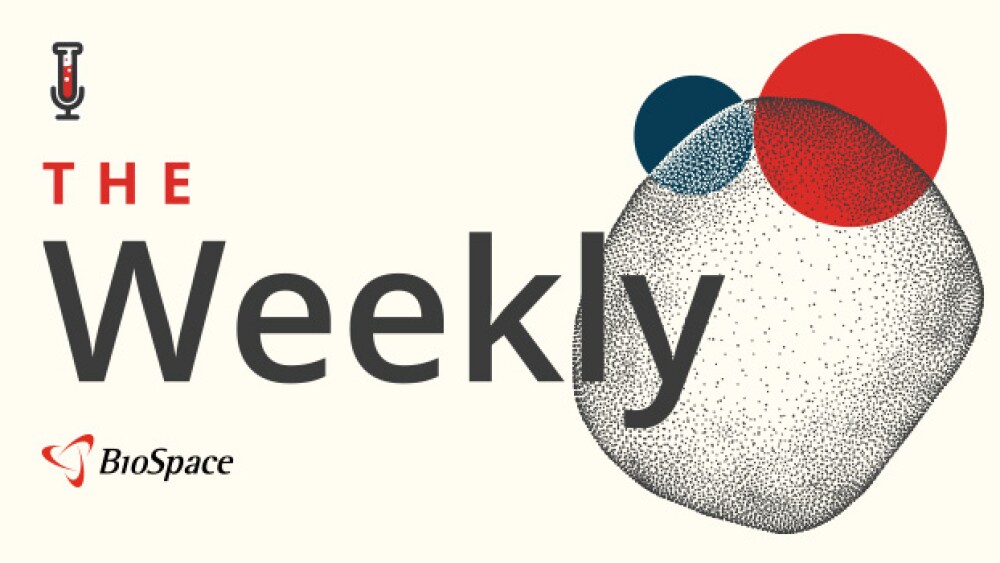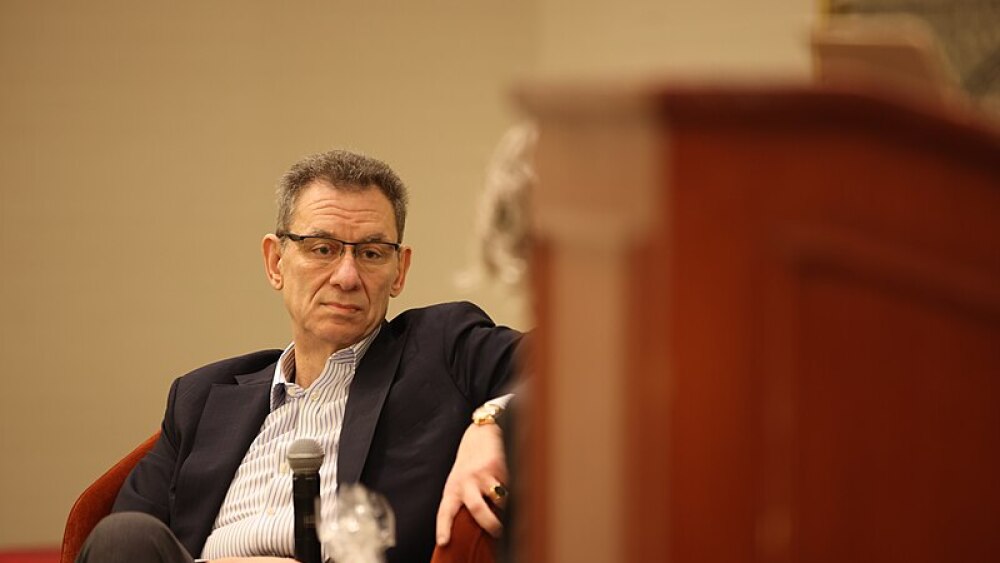On the sidelines of BIO2025, Julie Gilmore, head of Lilly Gateway Labs, shares her thoughts on the $1.3 billion Verve Therapeutics buy, where Lilly’s therapeutic puck is potentially going and how the company is leveraging its unprecedented success in obesity to support young biotechs.
Eli Lilly is on something of a tear, aiming to prove with Tuesday’s $1.3 billion acquisition of Verve Therapeutics that it’s more than just a cardio-metabolic and neuroscience company.
The Indianapolis-based pharma is most famous for its obesity and type 2 diabetes drugs, Zepbound and Mounjaro, and Alzheimer’s medicine Kisunla. But in addition to these two areas, along with oncology and immunology, Lilly also has an unofficial fifth focus, Julie Gilmore, vice president and global head of Lilly Gateway Labs and Catalyze360 Portfolio Management, told BioSpace at BIO2025 on Tuesday. That bonus focus is platforms and genetic medicine, which “can span all four of those core therapeutic areas,” Gilmore explained. In the case of this week’s Verve purchase, Lilly is gaining gene therapies that target cardiovascular disease.
“This is the whole intent of what we’re doing, finding exciting science,” said Gilmore, who runs Lilly’s incubator program. “[Verve is] a great example.”
One might think that Lilly should be content with its current portfolio. The company’s $45 billion in 2024 revenue was good enough for 9th place among its top 20 pharma peers, and a 32% bump over the $34.1 billion for 2023. Lilly overtook its closest obesity competitor, Novo Nordisk, whose $42.1 billion was good for 11th place.
But Lilly isn’t resting on its laurels with Zepbound and Kisunla, or even relying only on its current key therapeutic areas. In fact, Gilmore said, only about 50% of its incubator companies are focused on these spaces. “At least half of our companies are doing things outside of our core strategy,” she said. “So they may be pursuing different therapeutic areas, different targets, different disease states, different modalities.” This is with an eye toward possibly branching out in the future, she added. “What is the greatest emerging science and what can we do to be a part of that and learn?”
One emerging therapeutic area Lilly has already identified through the incubators is healthspan and longevity, which Gilmore said is “kind of adjacent” to the company’s current internal efforts. She questioned, however, whether it’s a space on its own. “I don’t know that we see that, but we do see it playing out in each of our areas of interest, and maybe even beyond our core therapeutic areas,” she said. “It’s something we’re definitely keeping an eye on.”
She added that there are lots of new companies forming around longevity science. One of these companies, the aptly named Life Biosciences, was also at BIO2025. Chief Scientific Officer Sharon Rosenzweig-Lipson wouldn’t wager a guess as to the million-dollar question: How long could human beings actually live? But she did tell BioSpace, “We’re focused on reversing and treating age-related diseases, with hopefully a side effect of longevity. And then we’ll see.”
Back at Lilly, Gilmore said incubator companies are selected based on “cutting edge science” and the potential for a symbiotic relationship. “Does Lilly have something we can offer them, do we have history, expertise, capabilities that we could apply to help them move forward?”
In the current marketplace, Gilmore said she has “such admiration for those out there, fighting the good fight right now, because it’s not easy. . . . We’re stepping in to say, okay, where can a company like Lilly help while you’re fundraising?”
Gilmore has been at Lilly for most of her career, and one thing she is proud of is how the company is leveraging its success and learnings in the obesity space to support biotech. “It’s not just going back into our own portfolio. We’re actually trying to use that success to support others. And that’s been a lot of fun, kind of a proud moment to be able to do that.”







